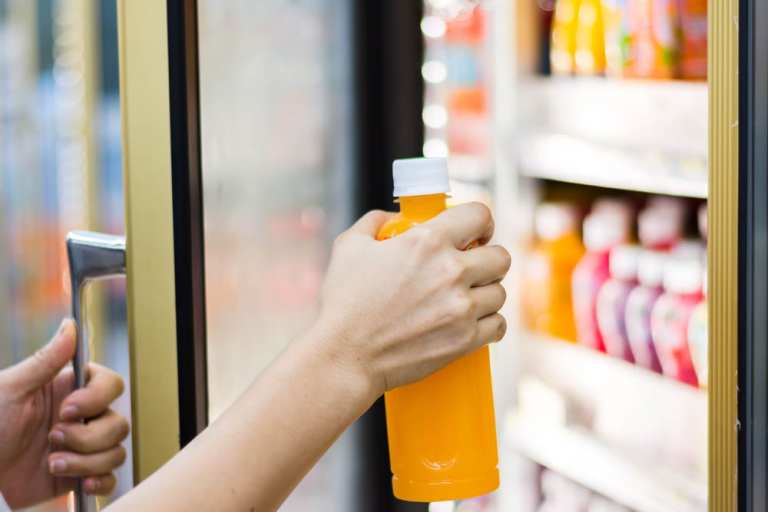Racing Amazon Go To The Cashierless Finish Line

Though San Francisco startup Zippin has gotten lots of press for being the first cashierless convenience store to compete directly with Amazon Go, Zippin CEO Krishna Motukuri wasn’t hoping for a direct confrontation with the world’s largest eCommerce player when he first started thinking about unmanned stores.
He just didn’t want to wait in line at Trader Joe’s.
In 2014, he stopped in to pick up some milk, and ran headfirst into the long lines for which Trader Joe’s has become semi-infamous. The experience prompted the thought that has been the starting point for a lot of startups: “There has to be a better way.”
“A line is always a big deterrent to customers,” Motukuri told PYMNTS.
Zippin’s solution is essentially about reducing or eliminating lines. Its San Francisco location, which is now fully open for business, allows customers to come in, grab what they want and go, with their picks and purchases registered by cameras and sensors within the store. In some ways, that makes Zippin different from the host of other startups in the self-service convenience retail space, as the more common approach uses only cameras and is reliant on computer visioning software.
But as Motukuri pointed out, while computer visioning technology has dramatically improved over the last half-decade, it is not yet accurate enough to fly solo. There are too many variables in a physical store, such as other customers who could block a shot, or goods small enough to disappear into a customer’s hand that the camera is apt to miss. Zippin addresses these issues by adding weight-sensitive shelf sensors to the mix.
To shop, customers log into the Zippin app as they enter the store and attach a payment method. They then simply pick up the goods they want and go – though the store does now accept cash as well, in compliance with the recent changes to San Francisco laws that ban totally cashless retailers.
The shop was open in beta mode starting in August of last year for limited hours and smaller suppliers. A more complete opening of the San Francisco shop is now underway. According to Motukuri, the early response has been positive, as consumers are moving through their shopping experiences much more quickly than in a traditional convenience shop.
And speed has also generated a greater frequency of visits among consumers, Motukuri noted. First-time customers tend to “walk around,” though the store is only 250 square feet, so “around’ is a relative term, and subsequent trips tend to be much quicker. But they do see some customers return more than once throughout the day, sometimes within the same 10-minute block.
“We expect pretty much all stores to be checkout-free,” Motukuri said. “Once they’re used to this experience, customers won’t want any kind of self-checkout, or anything where they’re required to do a lot of work.”
Zippin, though it started out with its own store to prove the concept, is now working to bring its technology package to other retailers looking to go contactless. Those talks have gotten fairly advanced with at least four different major retailers, though Motukuri declined to offer specific names.
He did note that the mobile side of cashierless technology, currently offered via the Zippin app, can also be white-labeled into the preexisting mobile offering of a partner retailer, ensuring that the entire digital experience remains smooth. According to Motukuri, the Zippin technology can scale up to larger stores, but there is typically a cost hurdle associated with such expansions. Price increases in proportion to square footage, which means the focus will be on smaller stores to start.
Zippin is far from alone in the quest to take cashiers out of the checkout process. The Bay Area is home to AiFi, Aipoly, Standard Cognition and Trigo Vision, all of which have similar aims (though somewhat different technological approaches). And, of course, there is the big competitor and best-known mover in the field: Amazon and its Go stores.
But if Zippin is betting correctly, cashierless technology is on a journey from a niche way of buying convenience items in major urban markets to the standard way people experience payment in brick-and-mortar environments. Along the way, there will be plenty of room in the market for all kinds of players.